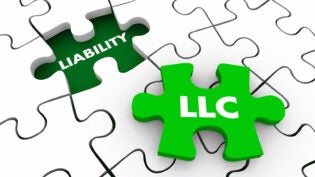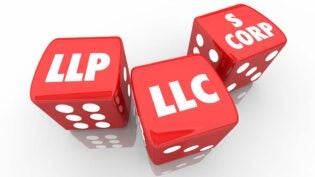
One of my books, Extending the Runway, uses parallels to piloting a plane to equate to the process of creating and building a small company, making maximum use of resources to get to and beyond break-even. It is worth revisiting the most important point of that book, which was written to prompt discussion between entrepreneurs, professional managers and their boards of directors about issues that could unite them or strain the relationships between them.
There are five types of resources a great board can add to a company. These are: time, money, relationships, context and process.
Time: The longer it takes to produce and release a product, the more fixed overhead is consumed, and the runway of remaining cash diminishes. Expert help and good planning can reduce the time to market, saving cash in the process.
Money: A board of directors is primarily responsible for oversight in the use of and the raising of money for the company. There is a fine line between loading the company with too much debt, and diluting the shareholders too early with additional equity investments. But all agree that a good board will express its stewardship well by preventing the company from running out of money.
Relationships: One reason for having an effective board is to give the CEO a resource for tapping into great relationships that are owned by the various board members, so that the CEO can reach out and find help in areas most needed. If a board member has few appropriate relationships in his or her field of expertise or from past experience, then perhaps the board member is not appropriate for the company at this time. And if the board member refuses to volunteer or allow such relationships when needed by the CEO, that board member should be held to task by the other members of the board.
Context: Every good board has recruited at least one industry expert, often as the fifth or mutually-approved outside member. With expertise in the company’s industry, that person can and should provide expert advice about the timing of the company’s product entrance and applicability in the industry it addresses. A great product at the wrong time or a poor product unable to address the needs of the industry will fail in the marketplace. That board member should be actively involved in questioning the positioning, marketing and even the design of the product to avoid just such a disaster.
Process: Here, most experienced board members can help to streamline the process of product development, manufacture, channel management and marketing. Knowing how to scale from test to release or how to complete a process more quickly saves money and time, making this knowledge as valuable as raising more money for the company, but without the cost in dilution or debt.
Use your board to help you to navigate through control over these five resources. If you don’t have a viable, relevant board, build one no matter what your size and stage of development. One thing is usually sure: an entrepreneur cannot successfully do it all alone.
This article was originally published by Berkonomics
Published: November 20, 2014
2453 Views
2453 Views












